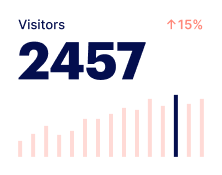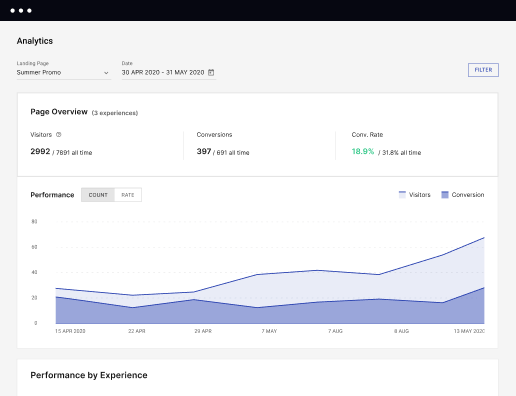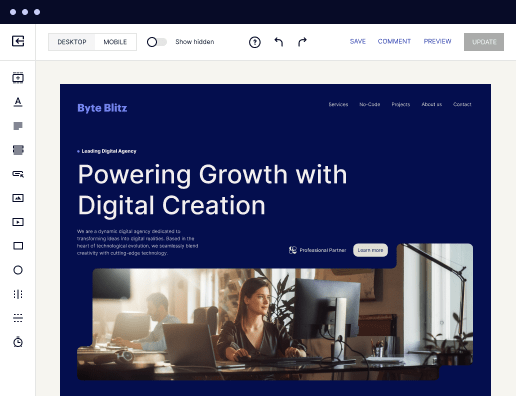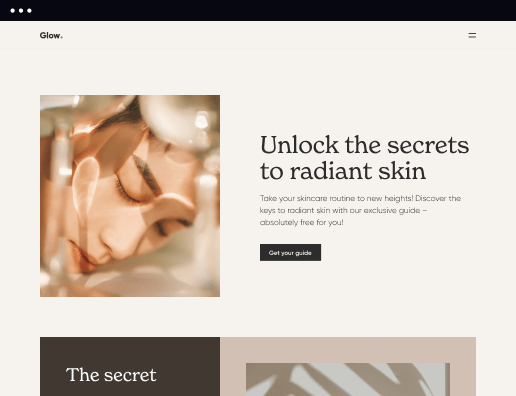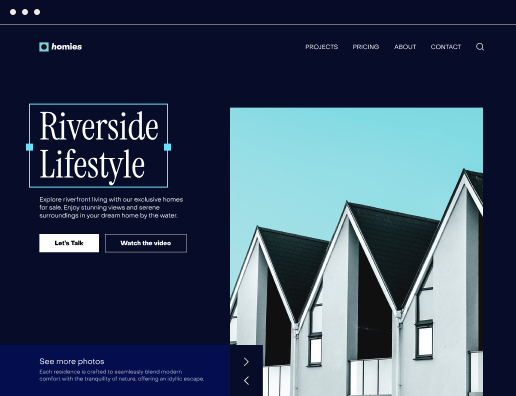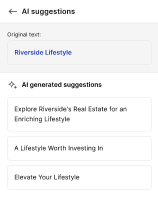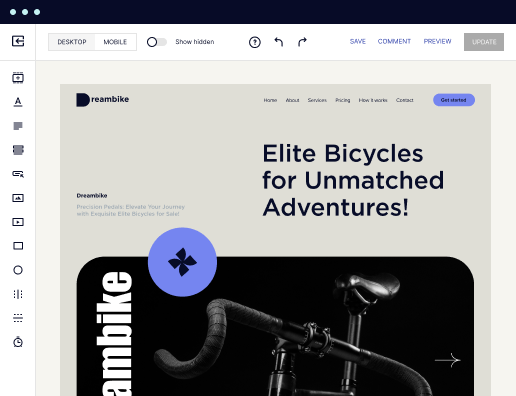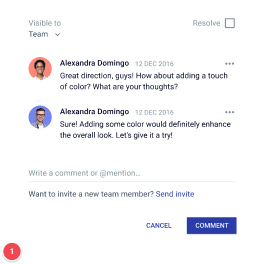Make your 403 forbidden page optimized for Smartphone
Instapage empowers you to slash costs, skyrocket conversions, and deliver tailored experiences on Smartphone.
Create your 403 forbidden page on Smartphone with Instapage: A Comprehensive Guide
Creating a 403 forbidden page on your smartphone can significantly enhance your site's user experience and communicate essential information effectively. Instapage empowers marketers to design customized landing pages that align with branding needs and user expectations. With its dynamic, no-code interface, you can easily create that all-important 403 page that informs users they have encountered restricted access, while also maintaining your brand's integrity.
Understanding the importance of a customized 403 forbidden page
Your 403 forbidden page is crucial for managing user experience and protecting your site's reputation. It clarifies that access is prohibited due to various reasons, such as user errors or permissions. With Instapage, marketers can design visually appealing and informative landing pages specifically for such scenarios, ensuring the message is clear and engaging.
- Branding: Maintain identifiable brand elements on your 403 page to ensure consistency.
- User Guidance: Provide clear instructions or alternative paths for users to follow.
- Engagement: Use the opportunity to perhaps prompt user sign-ups or gather feedback about navigation issues.
Step 1: Use Instapage's Library to Create Your 403 Page
Begin with Instapage's vast library of over 100 conversion-centric layouts designed specifically for various marketing scenarios. Select a template that resonates with your site's aesthetics, then utilize Instablocks to customize your 403 page.
- Choose a template that reflects your brand's style to maintain continuity.
- Incorporate your logo and brand colors to reinforce identity.
- Consider adding engaging visuals or animations to draw attention.
Step 2: Optimize Your Page for Conversions
Enhance your 403 page's effectiveness by leveraging Instapage's built-in experiment features. Conduct A/B testing to identify which elements resonate best with your audience. Utilize heatmaps to analyze how users interact with your page.
- Incorporate clear call-to-action buttons leading users elsewhere if they land on this page.
- Test different headlines to find the most effective messaging.
- Analyze performance metrics to gauge user reactions.
Step 3: Personalize the Experience for Different Audiences
Utilize Instapage's dynamic text replacement feature to tailor your 403 error page for various audiences based on their behavior or source of access. This finely-tuned approach can enhance user engagement, as visitors feel their experience is customized just for them.
- Use demographic data to influence text variations on the 403 page.
- Align ads or links to specific user interests based on their previous interactions.
- Track user responses and engagement levels for ongoing optimization.
Incorporating these strategies will not only transform your 403 forbidden page into a useful tool but also contribute positively to overall conversion rates and brand perception.
Want to create a compelling 403 forbidden page today? Start using Instapage to engage your audience effectively while ensuring a top-tier user experience!
Get more out of Create your 403 forbidden page on Smartphone
Improve your Quality Score with quick load technology for landing pages
Increase conversions with content that aligns with your ads and audiences
Achieve maximum ROI by scaling your marketing initiatives
Leading the way in building high-performing landing pages





FAQs
See how to create your 403 forbidden page on smartphone in action
Ready to skyrocket conversions?
Supercharge your ad campaigns with high-performing landing pages.
Get started
